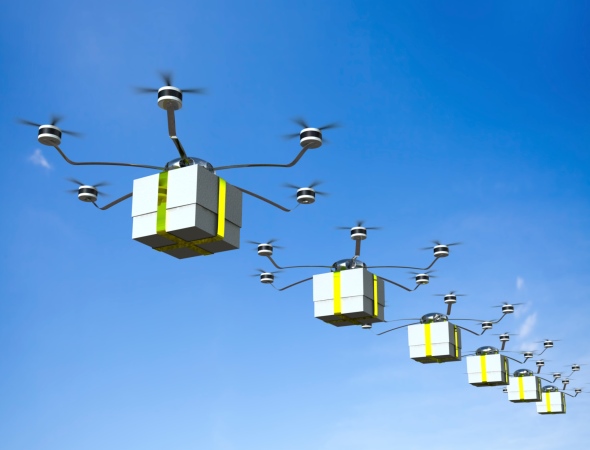
The FAA stipulated in its certificate that all flights must be during daylight hours and may be no higher than 400 feet. The pilot or operator must maintain visual contact with the drone at all times. The pilot who is flying the device must have at least a private pilot’s license and current medical certification. Amazon must also supply monthly data reports to the agency.
This is not quite what Amazon was angling for when it applied to test its drones outdoors. The company hopes to use the devices to deliver packages within a 10-mile radius of one of its warehouses, and that precludes a pilot or observer from keeping the drone within a visual line-of-sight. That is not just a requirement of Amazon’s testing certificate but of the proposed rules as well.
Amazon wrote to the FAA in December 2014 seeking permission to test its drones outdoors in the United States or it promised to “divert even more of [its drone] research and development resources abroad.” Amazon has been testing the devices outdoors in Australia and in one of its Seattle-area warehouses.
The FAA’s decision to allow Amazon to test its drones outdoors is only a partial victory for the company, but the proposed rules are even less friendly. One suggested rule prohibits drone operation over any person not directly involved with the operation of the device. Unless that is negotiated out of the final rules, Amazon’s only drone delivery stops may be to cattle and sheep grazing on the open range.
ALSO READ: 15 Cities With the Most High-Tech Jobs
Thank you for reading! Have some feedback for us?
Contact the 24/7 Wall St. editorial team.





